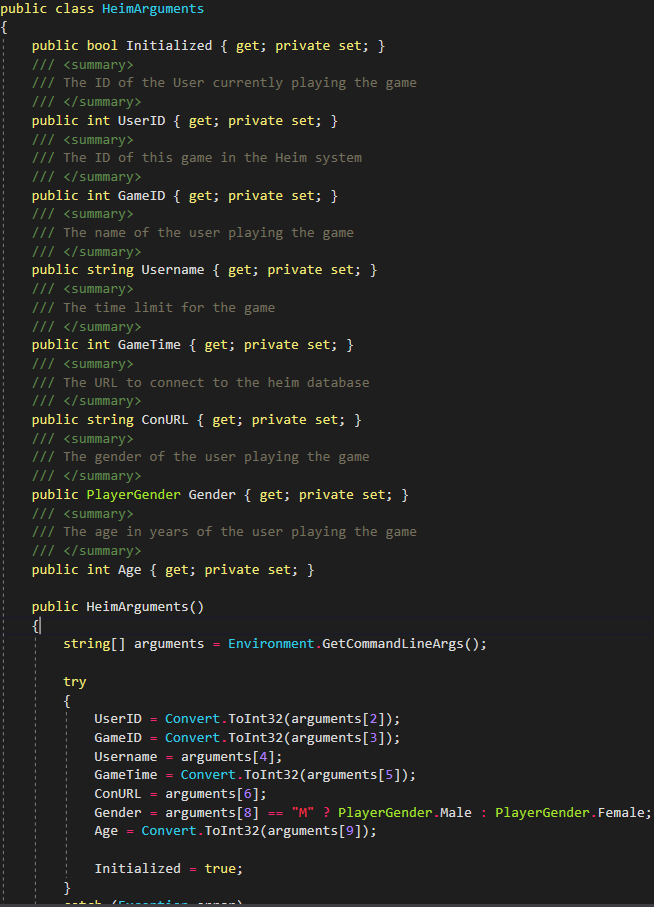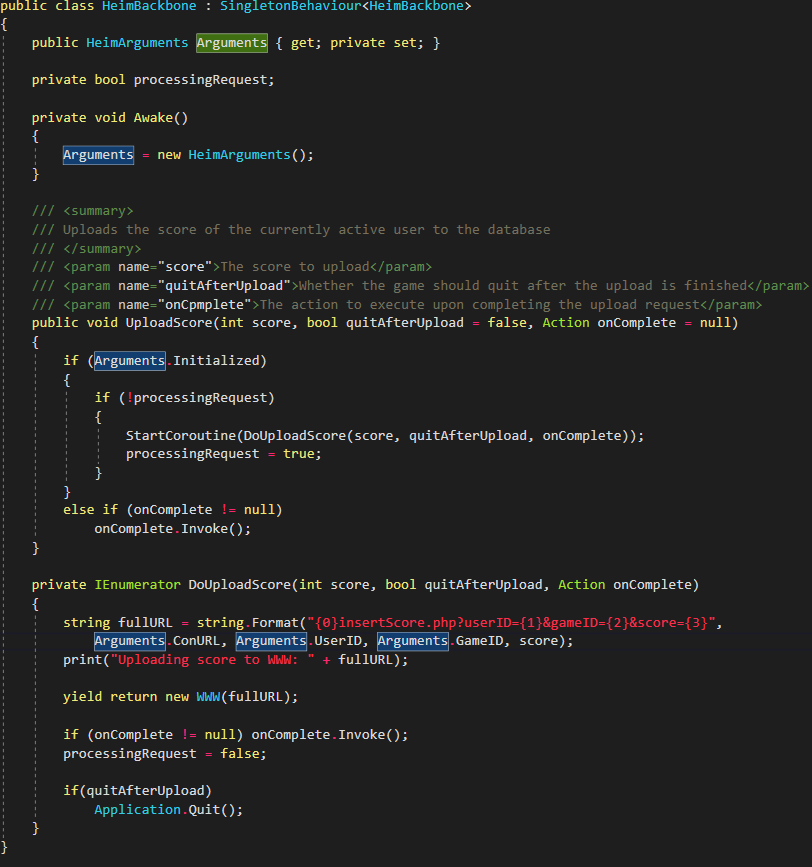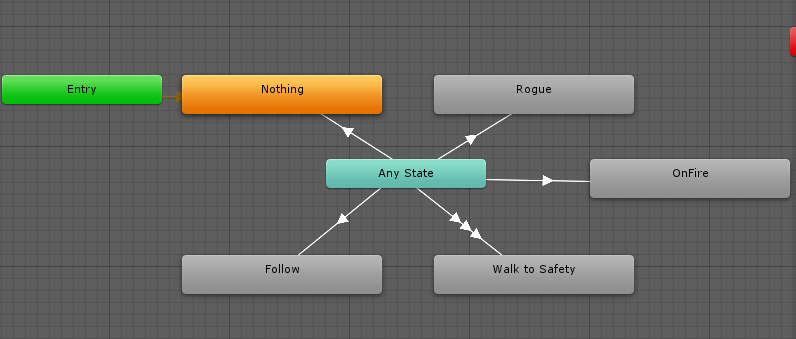Since we were missing kind of a "Gameplay" element in our game we thought alot about new gameplay elements. We had some suggestions we should add a "Naughty" element to our game, so we had a few brainstorming sessions and after some discussions we came up with a list of ideas.
We all voted on what ideas we thought were best.
Number 2 & 8.
8: Bad guy that runs around setting fires. To win catch him and save victims.
2: Victims running near fire, they catch fire and you have to extinguish them.
So we developed number 8 into a kid that runs around and setting fires 'randomly', having a high chance to set victims on fire. This changes the gameplay drastically, creating a more surprising gameplay element. After this we also thought about pushing objects into fire, creating more of a "naughty" atmosphere, giving the player chances to misbehave.
Furthermore we added machines from the actual Heim museum, and letting the players interact with them so they can enable/disable them, and sometimes overheat.
Here some pictures of machines and pushable objects.
We adjusted a few particle systems, and smoke particles and safe spot particles
were also added.
UI was worked on thouroughly, because some were still placeholders and some we found out to be unclear after feedback from playtest sessions.
Animation wise we also progressed alot, all animations were finished.














